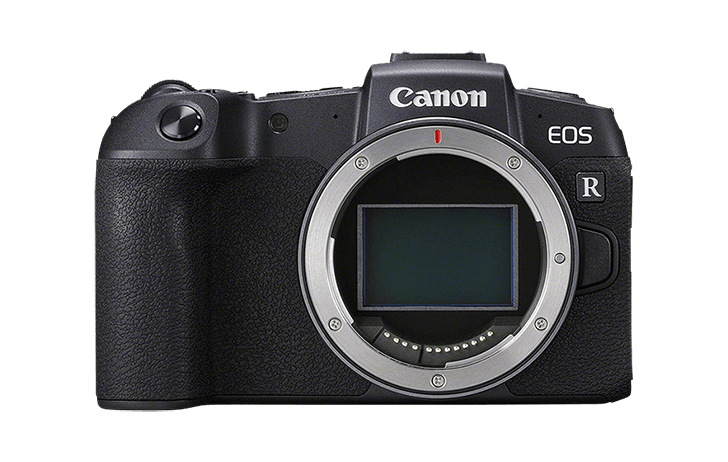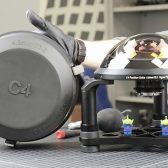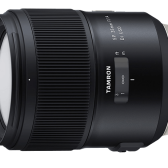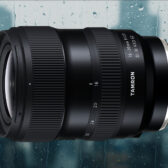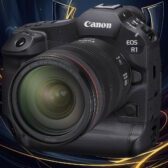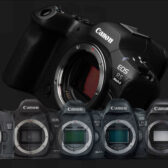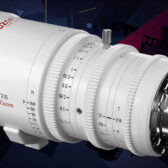The most complained about specification in cameras is currently “dynamic range”. It seems to be the current still photography performance metric people are most passionate about when it comes to image sensors.
Jared AKA FroKnowsPhoto has decided to a quick and dirty comparison between the Canon EOS RP, Canon EOS 6D Mark II and Canon EOS R. He was unable to do this until the RAW converter for the EOS RP became available.
The EOS RP has the same sensor as the EOS 6D Mark II, the only difference between the two sensors is the microlens adjustment required for the short flange distance of the RF mount lenses. The EOS RP also has a DIGIC 8 processor, while the EOS 6D Mark II sports the DIGIC 7 processor. This will change how images render from the camera.
Check out the video above and download the RAW files from the comparison here.
FroKnowsPhoto is also giving away a camera valued at up to $3300, and a lot of other goodies. You can check out the giveaway here.
|
When you purchase through links on our site, we may earn an affiliate commission. Here's how it works. |


